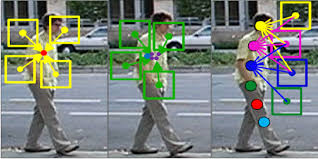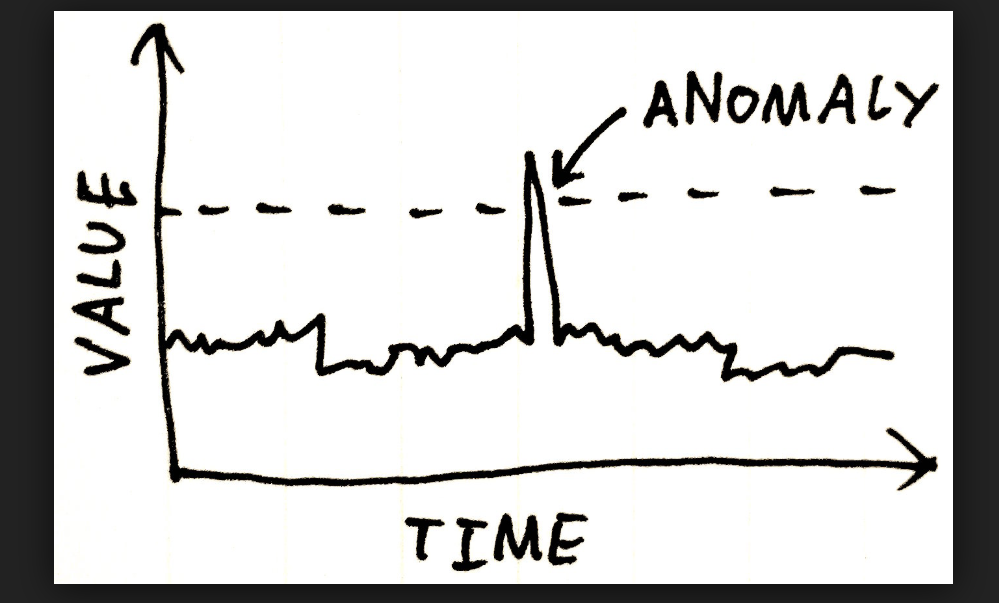Machine Learning
Using the Azure Custom Vision API
Machine learning has infinite potential and we are at the forefront of discovering applications for it. In its infancy, machine learning is already being utilized for things like financial market predictions, medical diagnosis, and retail. It’s a complex topic that even the most experienced technologist might have difficulty navigating. Tasks like training models (the method…
Read MoreIntroduction to Predictive Analytics Anomaly Detection
Many of our manufacturing customers create devices that are comprised of various electronic components. They collect data from the various components as the device operates—for example, the component’s temperature, how much current is passing through the component, whether a given component is emitting and at what frequency, etc. We developed a multi-step process to analyze…
Read MoreThe Essential Concepts of Differential Calculus
Machine Learning Relies on Differential Calculus for its Core Operations Machine learning is an interdisciplinary field and you need to understand core concepts of mathematics and computer science to properly implement it. We rely on calculus to identify optimal solutions quickly and efficiently within a machine learning environment. This blog post will be a brief…
Read More5 Reasons a Retailer Needs StagedPay
Every merchant that accepts credit card payments runs the risk of embarrassing and costly data breaches, as well as the high cost of being PCI compliant. While some industries, such as retail, hospitality, and food service, are particularly vulnerable to payment system breaches, every business that processes and stores its customers’ payment information is at…
Read MoreImplementing Machine Learning Algorithms in Octave
Experimenting With ML in Octave Before moving on to how to use machine learning (ML) to solve classification problems (sometimes also called selection problems), let’s take some time to implement one of the algorithms we reviewed previously. We’ll be using GNU Octave to implement the various algorithms we discuss in this blog. Octave is a…
Read MoreMachine Learning Math: Understanding Classification Problems
In our previous blog posts, we covered regression problems where we’re trying to predict the value of our target function. In regression problems, our target function is a real-valued function, and we’re trying to compute a real number that estimates its value at given data points. In the next couple of posts, we’ll cover classification problems,…
Read MoreImprove Customer Service With Automated Chat and Machine Learning
Research from the global consulting company Gartner shows that by 2020, chatbots and other automated solutions will handle 85% of customer service interactions. Companies are transitioning to automated customer service for many reasons. For example, it offers faster response times, can predict customer service issues, and is increasingly cost-effective. Additionally, when coupled with artificial intelligence…
Read MoreThe Role of Error Functions in Machine Learning
Defining Error Functions in Machine Learning Algorithms In our last blog post on machine learning and mathematics, we defined an error function as follows: Next, we found a w that minimizes this error function, and we used that w to define our linear function that approximates our target function: g(x) = w ⋅ x It…
Read MoreWhy Do AI and Machine Learning Matter for My Business?
Machine learning has an enormous range of applications, and many of them already show up in our daily lives. When a dating app matches you with a potential partner, when a search engine suggests alternate search terms, or when an online shopping site recommends products based on your past purchases, machine learning is at…
Read MoreGradient Descent Methods Play a Critical Role in Machine Learning — Here’s How They Work
Introducing Gradient Descent, the Core of Most Machine Learning Algorithms In our previous blog post, we provided an in-depth primer on linear algebra concepts and explained how to build a supervised learning algorithm. As part of this discussion, we reviewed linear models where our hypothesis set was composed of linear functions of the form hw(x)…
Read More









